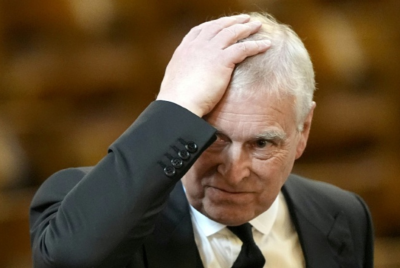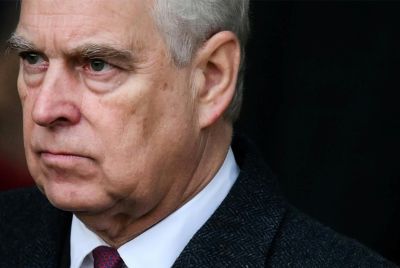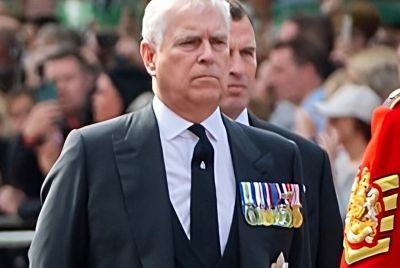UK To Acquire F-35As-Nuclear Capable Fighter Jets: Are They Joining The Fight?
Royal Air Force Returns to Nuclear Role After Cold War Hiatus
The United Kingdom will purchase 12 F-35A Lightning II fighter jets from the United States, Prime Minister Sir Keir Starmer is set to announce on Wednesday at NATO summit in the Netherlands, marking the nation's most significant nuclear deterrence enhancement in a generation.
The acquisition of the dual-capable aircraft, which can carry both nuclear and conventional weapons, will see Britain join NATO's nuclear mission across Europe and North America whilst supporting 20,000 British jobs and 100 domestic businesses involved in the F-35 programme.
Royal Air Force Returns to Nuclear Role After Cold War Hiatus
The procurement represents a historic shift for British defence policy, reintroducing a nuclear capability to the Royal Air Force for the first time since the retirement of sovereign air-launched nuclear weapons following the Cold War's conclusion.
Defence officials confirmed the new jets will be stationed at RAF Marham in Norfolk, joining the existing fleet of 35 F-35B variants currently operated by 617 Squadron 'Dambusters', 207 Squadron, and the recently re-established 809 Naval Air Squadron 'The Immortals'.
Cost Savings Drive Switch to F-35A Variant
The decision to purchase F-35A models rather than the F-35B variant will deliver taxpayer savings of up to 25 per cent per aircraft, according to government calculations. The UK remains committed to procuring 138 F-35s throughout the programme's lifetime.
Britain's substantial involvement in the global F-35 supply chain, representing 15 per cent of worldwide production, ensures the investment will flow directly into British communities, supporting highly skilled manufacturing and engineering positions across the country.
Advanced Capabilities Meet Modern Threats
The Lockheed Martin F-35 Lightning II represents cutting-edge military aviation technology, combining supersonic stealth capabilities with multirole combat functions. Beyond traditional air superiority and strike missions, the aircraft provides electronic warfare, intelligence gathering, surveillance, and reconnaissance capabilities.
Developed through collaboration between Lockheed Martin, Northrop Grumman, and BAE Systems, the F-35 emerged victorious from the 2001 Joint Strike Fighter competition, defeating Boeing's X-32 design to become the replacement for ageing fleets including the F-16 Fighting Falcon and AV-8B Harrier II.
Strengthening NATO's Nuclear Umbrella
The UK's deployment of these aircraft within NATO's nuclear Dual Capable Aircraft mission significantly bolsters the alliance's deterrence posture at a crucial time for European security.
'In an era of radical uncertainty we can no longer take peace for granted,' Prime Minister Starmer stated. 'My government is investing in our national security, ensuring our Armed Forces have the equipment they need and communities up and down the country reap the benefits from our defence dividend.'
Timeline of Britain's F-35 Programme
The RAF received its first F-35Bs at Marham in June 2018, establishing 617 Squadron. The Operational Conversion Unit, 207 Squadron, followed in 2019, with 809 Naval Air Squadron joining the base in December 2023.
This latest procurement continues Britain's steady modernisation of its air combat capabilities, positioning the nation to meet emerging security challenges whilst maintaining its commitment to collective defence through NATO membership.
© Copyright IBTimes 2025. All rights reserved.






















